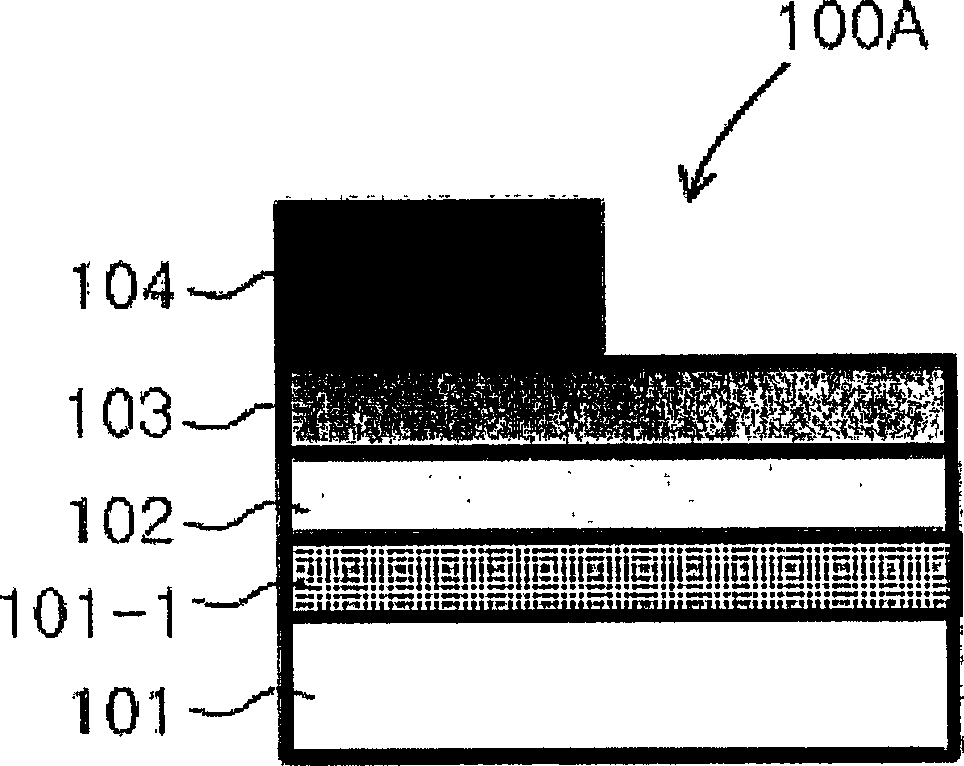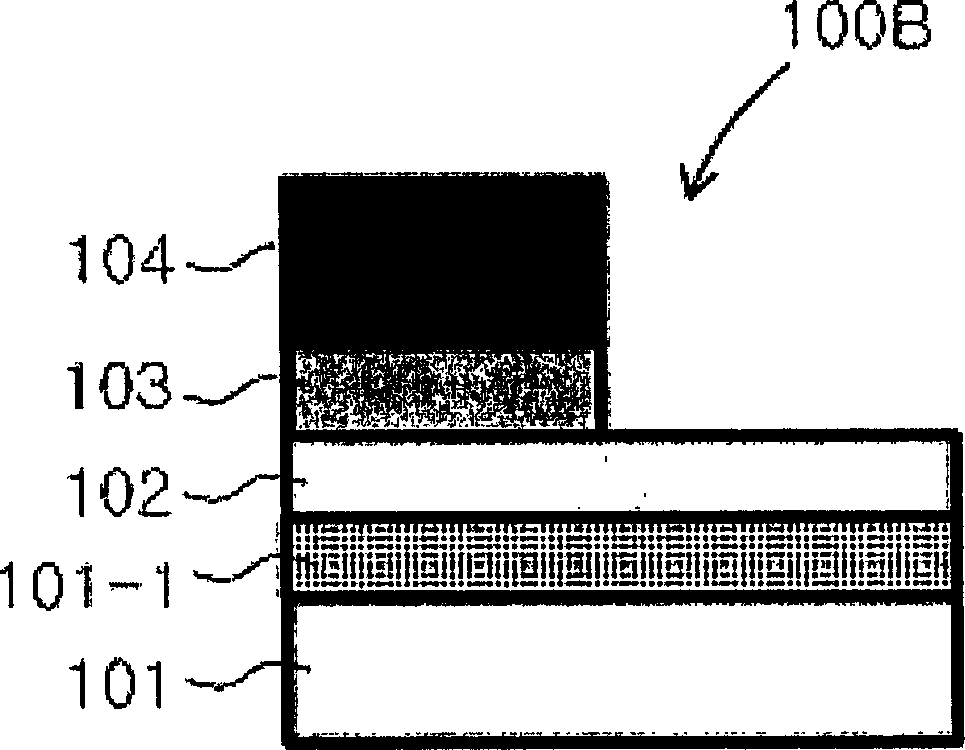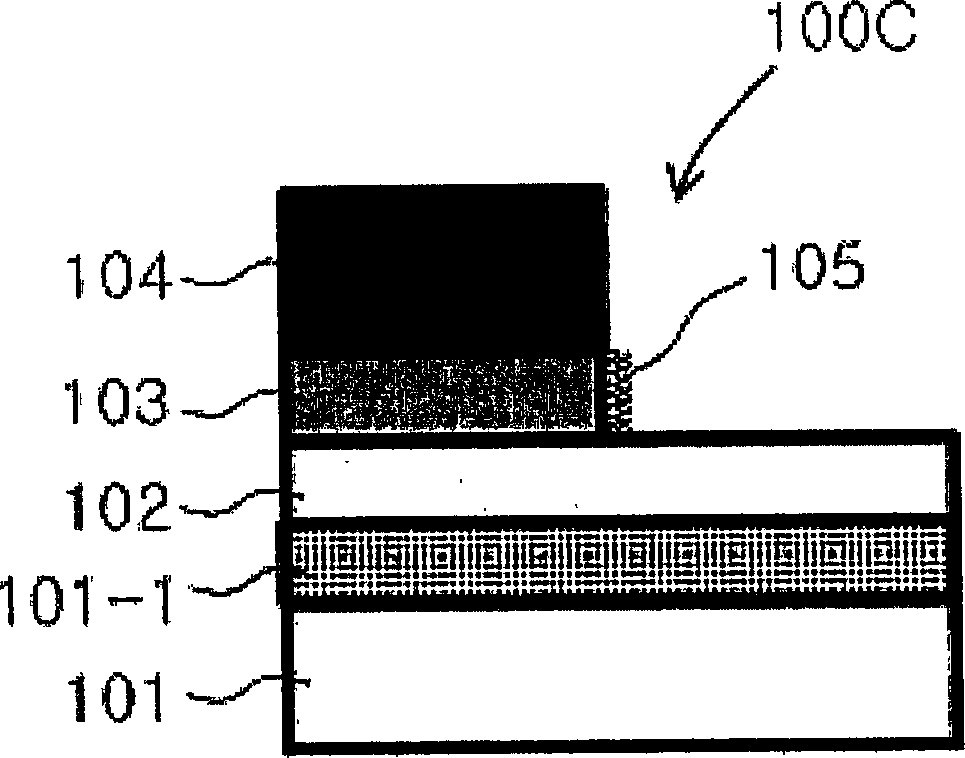Method of forming a nanogap and method of manufacturing a nano field effect transitor for molecular device and bio-sensor, and molecular device and bio-sensor manufactured using the same
A field-effect transistor and biosensor technology, which is applied in the fields of forming nano-gap, nano-field-effect transistors for molecular devices and biosensors, and molecular devices and biosensors made by the nano-gap, can solve complex procedures, heavy workloads, etc. Problems such as low visibility, light source dispersion phenomenon, etc.
- Summary
- Abstract
- Description
- Claims
- Application Information
AI Technical Summary
Problems solved by technology
Method used
Image
Examples
Embodiment Construction
[0036] Hereinafter, a method of forming a nanogap for a molecular device or a biosensor and a method of manufacturing a nanofield effect transistor for a molecular device or a biosensor will be described in detail according to preferred embodiments of the present invention with reference to the accompanying drawings.
[0037] Figure 1a-1f is a series of cross-sectional views showing sequentially a method of forming a planar nanogap for a biosensor according to an embodiment of the present invention.
[0038] As shown in the figure, a first gold (Au) layer (metal layer) is formed on a silicon substrate, and a second gold layer isolated from the first gold layer is formed using a self-assembled monolayer (hereinafter referred to as "SAM") , thus forming a planar nanogap corresponding to the length of the SAM.
[0039] The method of forming the nanogap is described in detail as follows.
[0040] First, a back gate thin layer 101-1, an insulating layer 102, a first gold layer 10...
PUM
 Login to View More
Login to View More Abstract
Description
Claims
Application Information
 Login to View More
Login to View More - R&D
- Intellectual Property
- Life Sciences
- Materials
- Tech Scout
- Unparalleled Data Quality
- Higher Quality Content
- 60% Fewer Hallucinations
Browse by: Latest US Patents, China's latest patents, Technical Efficacy Thesaurus, Application Domain, Technology Topic, Popular Technical Reports.
© 2025 PatSnap. All rights reserved.Legal|Privacy policy|Modern Slavery Act Transparency Statement|Sitemap|About US| Contact US: help@patsnap.com



